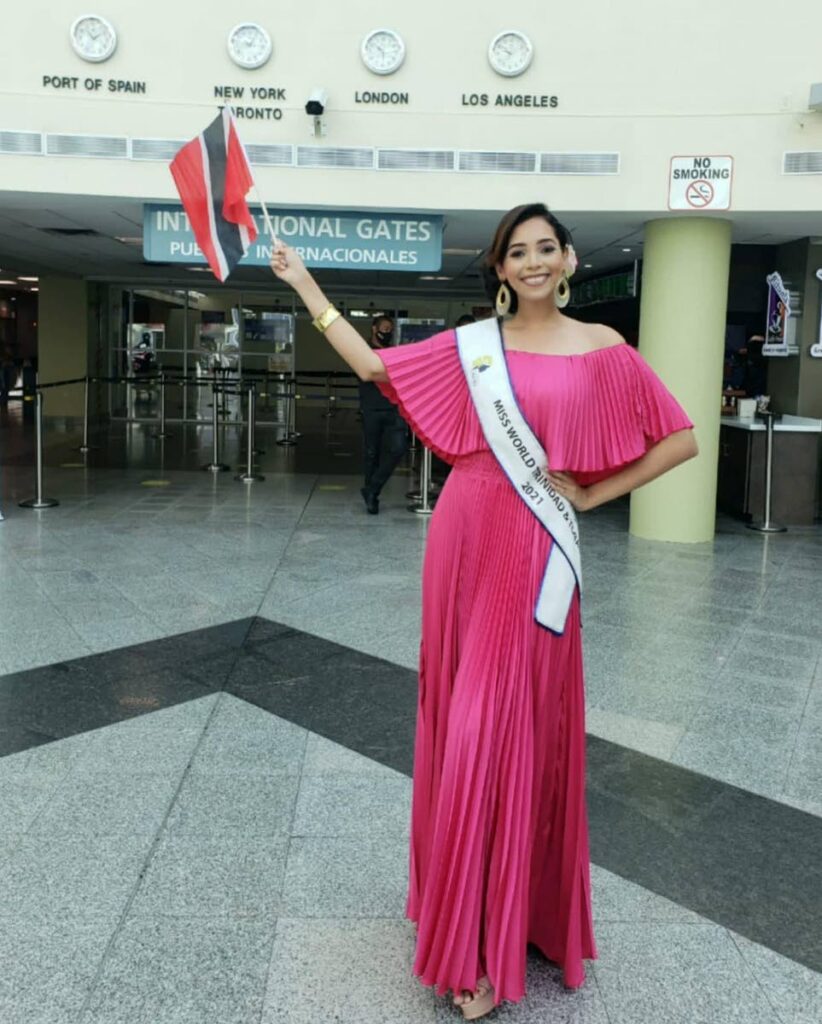Missing the point

FEW MAY expect beauty queens to deliver home truths about ugly realities, but that is precisely what Jeanine Brandt did in video footage of her participation in the Miss World pageant in Puerto Rico which emerged earlier this week.
The uproar over Ms Brandt’s “beauty with a purpose” presentation demonstrates the disconnect between how we see ourselves and how things really are.
It also underlines the limited – and limiting – view taken of beauty pageants and their female contestants, as well as the difficulties involved in quantifying our social problems.
All over the world, pageants have fallen out of favour, with many seeing them as sexist exercises. Even as some contests attempt to re-brand as “scholarship programmes” or as platforms for advocacy, ratings are on the decline. TT, however, has long loved beauty pageants, even if we have not always loved our beauty queens.
Our delegates are frequently excoriated for the smallest of details. Onlookers have no problems criticising their choice of national costume; their evening gowns; or even the posture they adopt in photoshoots.
In stark contrast, when the time comes for sponsorship or for replying to requests for help and support, there is often deafening silence.
What Ms Brandt said in Puerto Rico was said within the context of highlighting her own efforts at humanitarian work. It may have seemed inelegant. It may have rubbed some people the wrong way. But it did touch a reality that is best confronted, not avoided and airbrushed by those wishing to bury their heads in the sand.
“In my country, thousands of children live in poverty,” she said, before outlining the things she has done – including distributing free sanitary napkins – to try to make a difference. She should be given credit for doing something.
The fact is, poverty is an issue in this country. The UN Development Programme reports that a 2011 study found that 9,000 people were “multidimensionally poor,” while 51,000 were vulnerable to multidimensional poverty.
At the same time, the Central Statistical Office’s own Household Budgetary Survey and the Survey of Living Conditions have shown that over the years, poverty has fluctuated, with recent studies indicating poverty is on the decline.
How do we define poverty? Who gets to decide who is poor and who is not? The UN defines the poverty line as an income of less than US$1.90 per day.
In playing up difficulties of access, Ms Brandt may have suggested erroneously that healthcare and education are not free in this country. Yet there is no denying rampant inequalities mean some have more access to both than do others. Why, for instance, is there a crisis in education caused by laptops not being available?
We should focus on the gist of Ms Brandt’s message, rather than shooting the messenger.


Comments
"Missing the point"